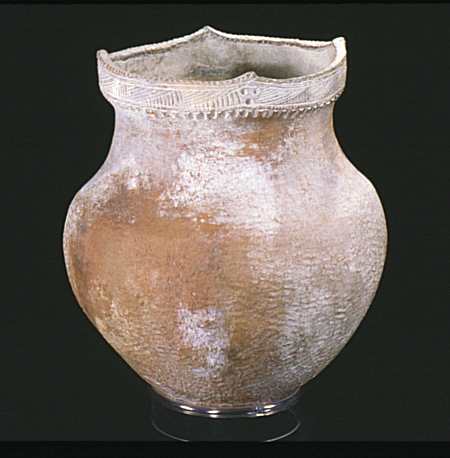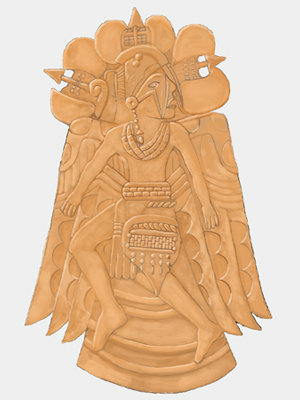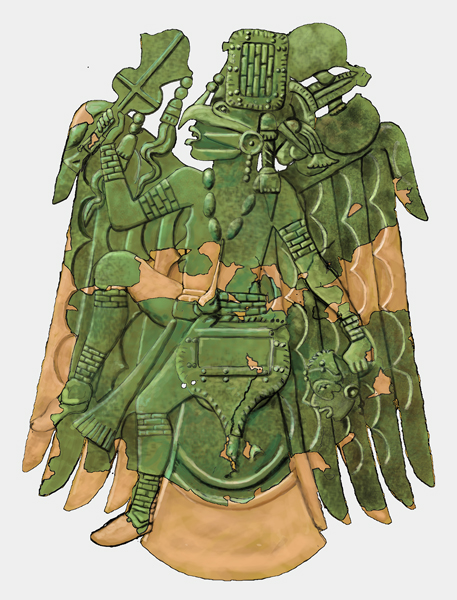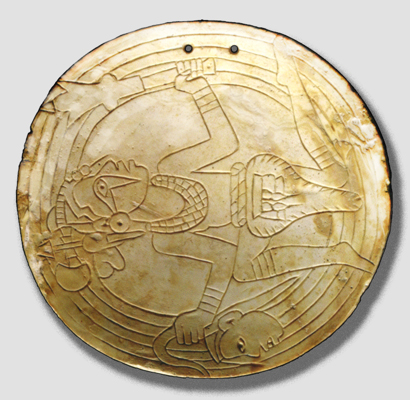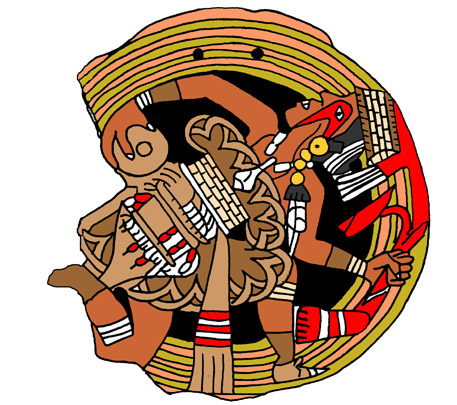A History of Native America
Maeve Kane, UAlbany
mkane2@albany.edu
The Politics of the Pre-Contact Americas
First Half
- theories of migration
- early cultures of North America
- race & research
BERING LAND BRIDGE
- 300-400 year window: if that!
- glaciers and sea level recede at the same time
- very inhospitable to people and animals
- oral history evidence
- short chronology: 19,000 years ago or more recent
- long chronology: 40-21,000 years ago
THEORIES OF MIGRATION
- Bering interior route
- Bering coastal migration
- Pacific coastal route
- Polynesian migration
Discovery of CLOVIS
George McJunkin
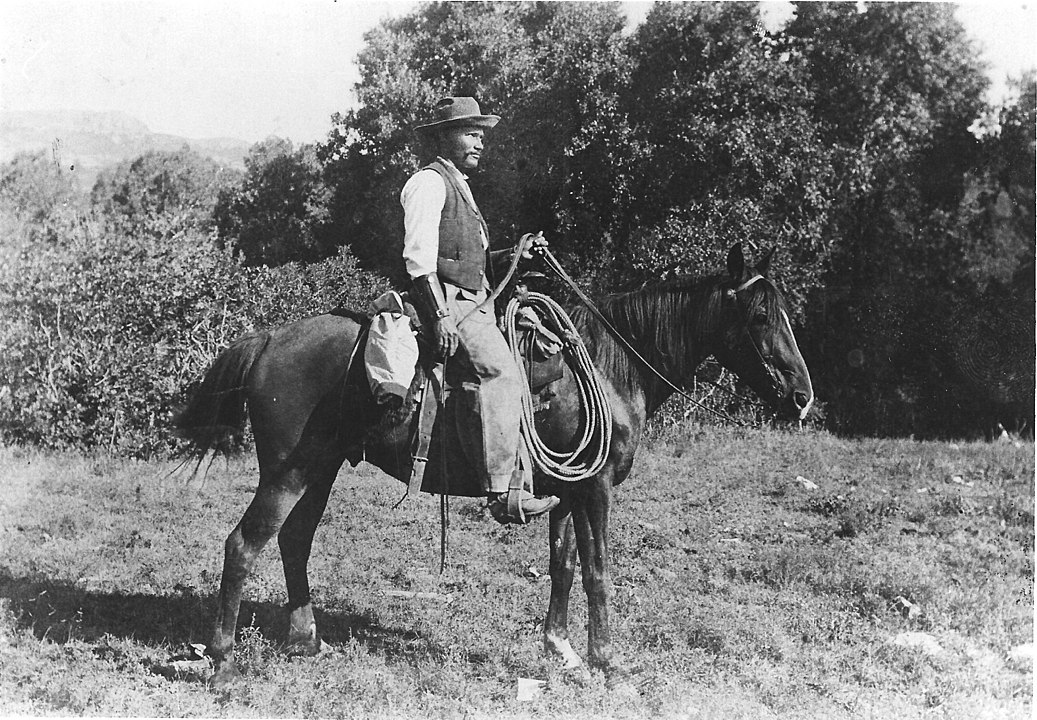 George McJunkin
George McJunkin
CLOVIS First?
- Clovis: 13-14,000 years ago
- Clovis First/Single Origin = Bering interior route
- Anzick baby's DNA (1968-2014)
-
Anzick baby's relations in Siberia and South America
Clovis first?
- Pedra Furada: 19-30,000 years ago
- Multi-Origin = coastal + interior migration
- Possibly 20 sites pre-Clovis
- Meadowcraft Rockshelter, PA 19,000 yrs ago
End of CLOVIS
- megafauna overhunting (debunked): declining megafauna populations ~1000 years before end of Clovis
- cultural dispersal throughout North America
- Younger Dryas cold phase
Clovis vs Folsom points
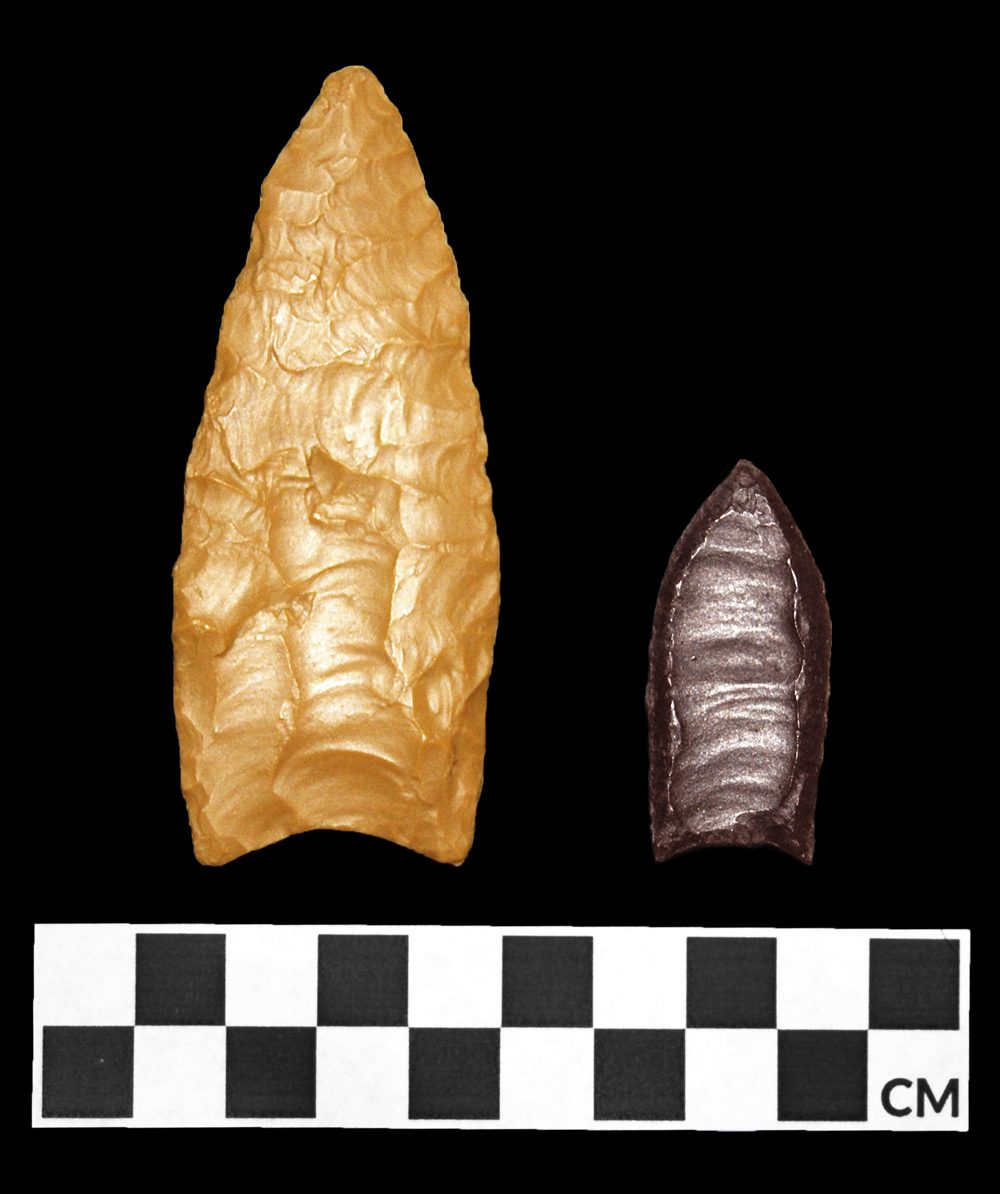 points
points
Younger Dryas cold phase
 dryas
dryas
SOULTREAN HYPOTHESIS
- supposed similarity between French & Clovis stone points
- haplogroup X found in Eastern Native groups & some modern Europeans: Atlantic coast migration?
- 2014 Siberian haplogroup X study
- not widely accepted due to chronology and glaciation of Europe
- white supremacist investment: Native Americans as illegitimate late-comers
KENNEWICK MAN
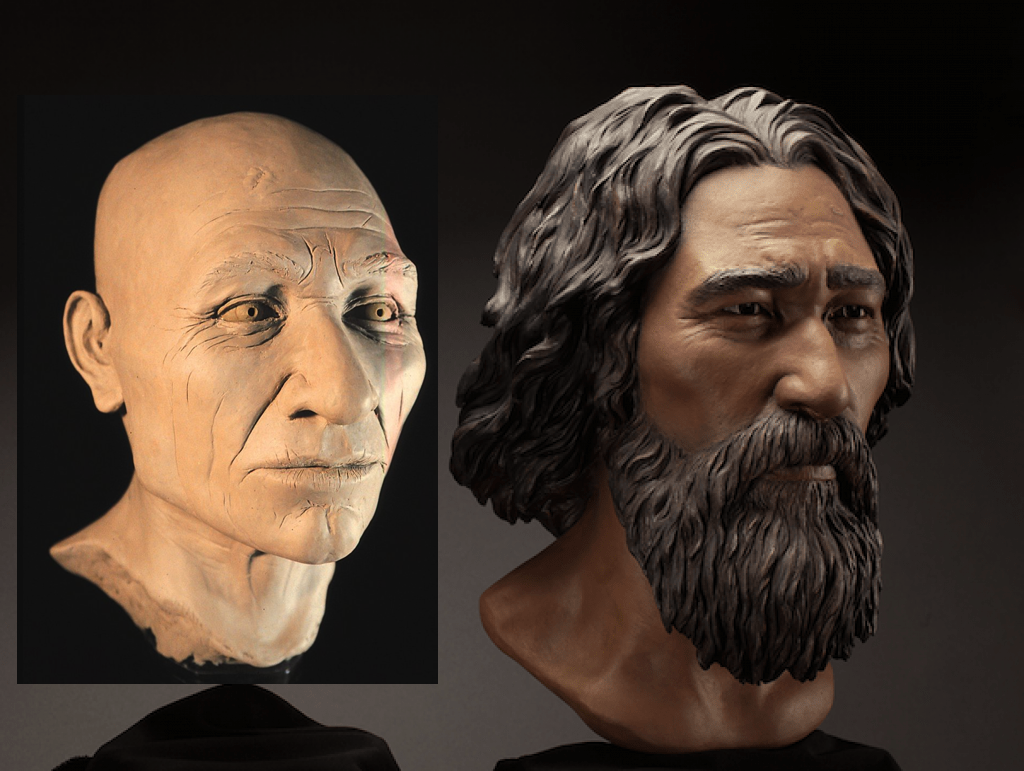 KENNEWICK
KENNEWICK
KENNEWICK MAN
- died 7200-7400 BCE, found 1996
- Smithsonian v Army Corps of Engineers 2000-2013
- pre-6000 BCE skull diversity
- facial reconstruction issues
- June 2015 DNA similarities & 2016 return
Second half
- plant domestication
- climate change
- political and social change in Puebloan, Mississipian and Iroquoian cultures
Domestication of maize

Domestication of maize
- ~10000 years ago in Guatemala, wild ancestor is not edible
- 4-5 x as many calories and volume of food per acre (monoculture vs polyculture agriculture and nitrogen renewal)
- lower maternal and child mortality rates
- domestication is weird and difficult
- slow spread in North America 2100BCE-900CE
Domestication
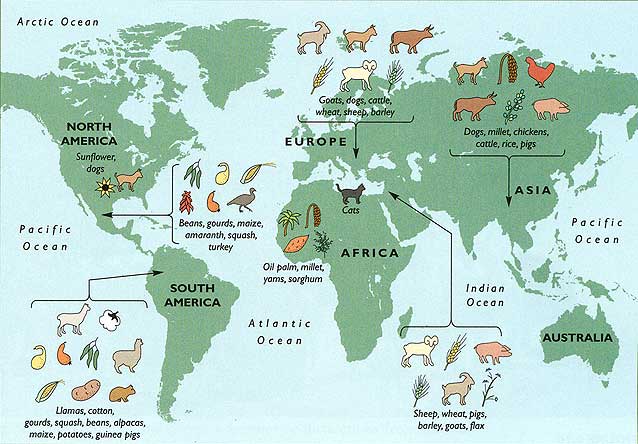
MEDIEVAL WARM PERIOD & LITTLE ICE AGE
- Medieval Warm Period: 950CE-1250CE
- Little Ice Age: 1250CE-1800CE
- climate change affects political change
- widespread droughts, wildfires, flooding, and cool summers
- global nadir circa 1600-1650
MEDIEVAL WARM PERIOD & LITTLE ICE AGE

MEDIEVAL WARM PERIOD & LITTLE ICE AGE
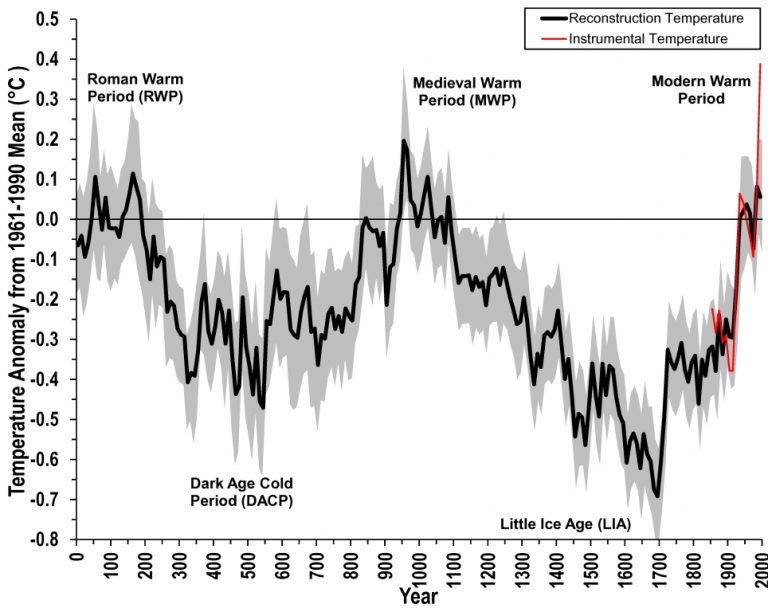
North American Trade
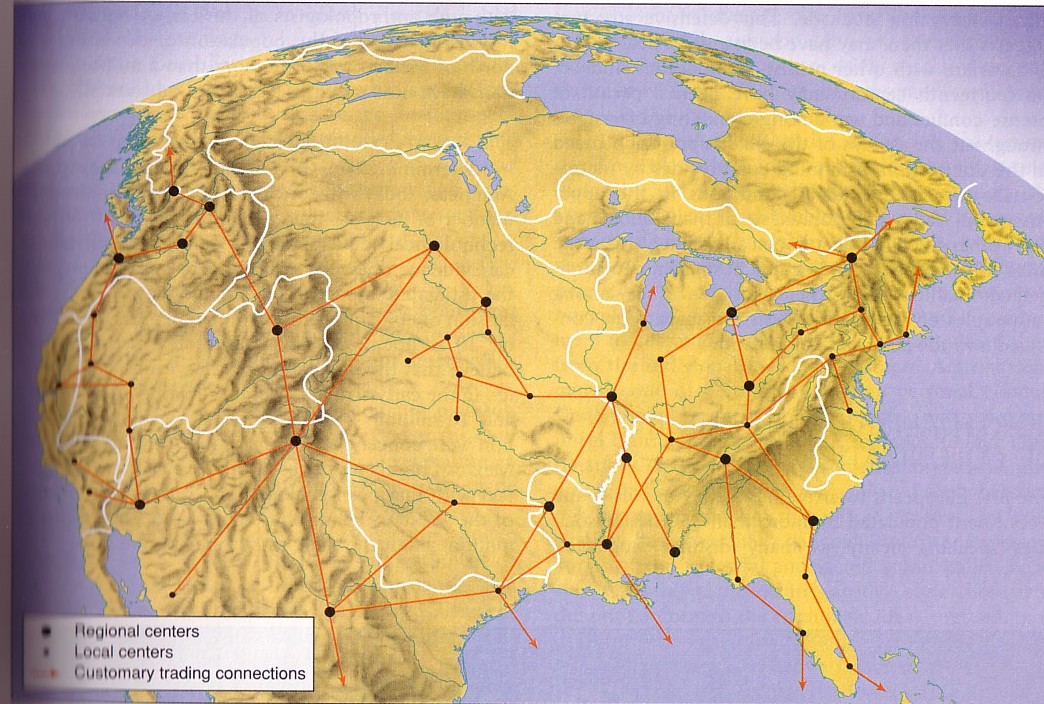
Puebloan Interaction Sphere
- Basketmaker era: 7000BCE-750CE
- Pueblo era: 750CE-present
- landscape and irrigation predating agriculture
- maize agriculture ~1000BCE
Chaco Phenomenon
- 850-1150CE "Great Houses" imperialism
- physical and spiritual realignment
- oral history of the Great Gambler and katsina abandonment
- Reformation era: 1200-1400CE
- period of violence followed by egalitarian rejection of hierarchy
Mississipian Interaction Sphere
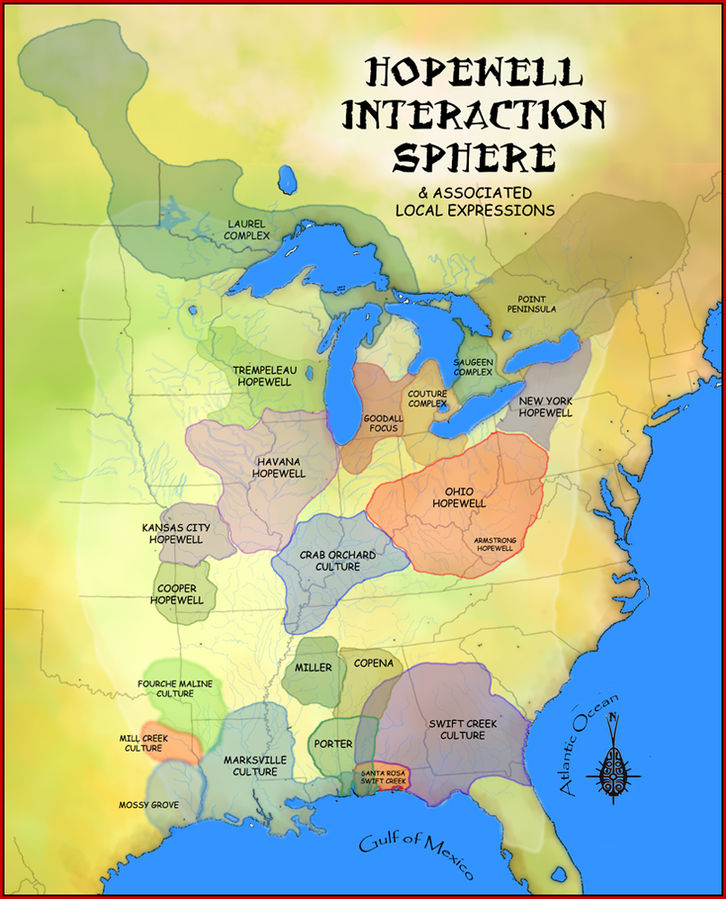
Cahokia
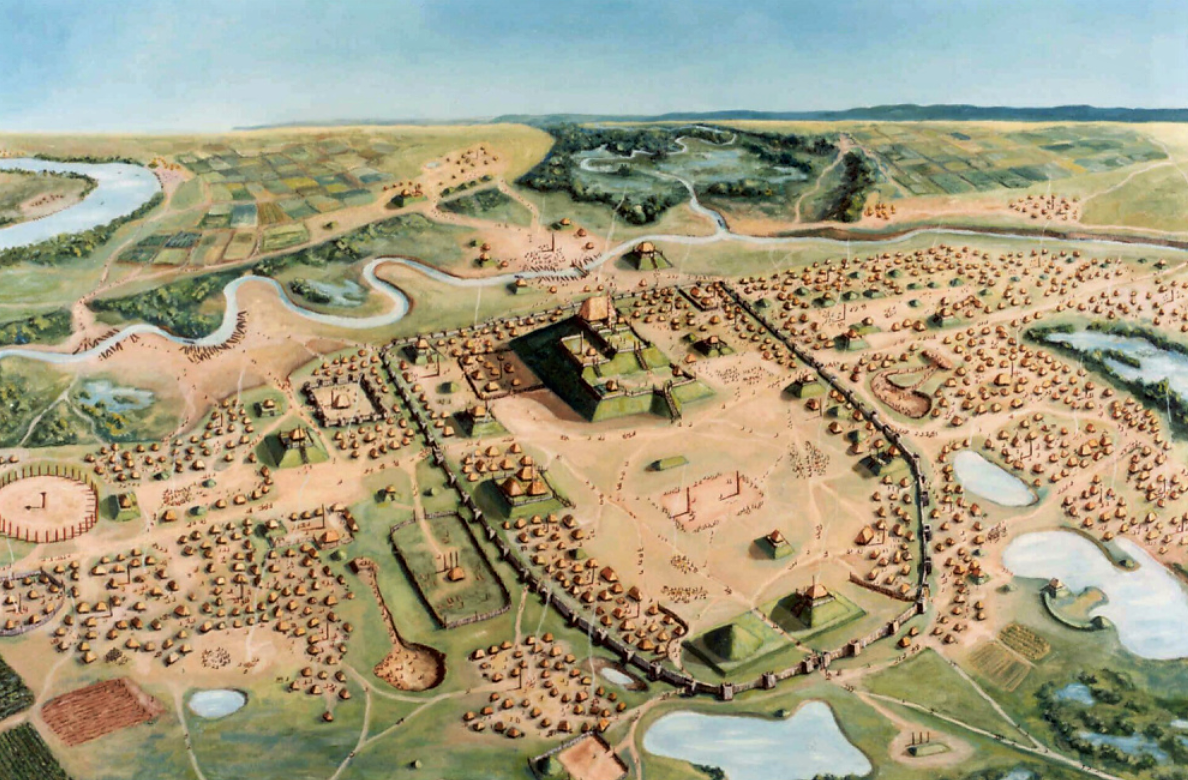 cahokia
cahokia
Mississipian Interaction Sphere
- Hopewell: 100BCE-500CE
- Mississipian: 800CE-1600CE
- Cahokia: 40,000-60,000 metro area pop
- Largest city in NA until 1800
- Larger than London and Paris at same time
Mississipian Interaction Sphere
- aka "Southeastern Death Cult" & "Buzzard Death Cult"
- widespread circulation of luxury, prestige or ceremonial goods: copper, obsidian, feathers, turquoise, people
- 1300-1400CE: breakdown of continental exchange networks, rise of regional variations
- spread of maize & Maya cultural influence?
Founding of the Iroquois Confederacy
- formed pre contact or post contact?
- is the founding a response to colonialism? (no)
- is oral narrative a legitimate form of evidence?
- oral and archaeological evidence: 1420-1460CE
- Deganawidah Epic astronomical evidence
Iroquois In Situ vs Migratory HYPOTHESeS
 lang_map
lang_map
Iroquois captive bride vs. women traders HYPOTHESeS
